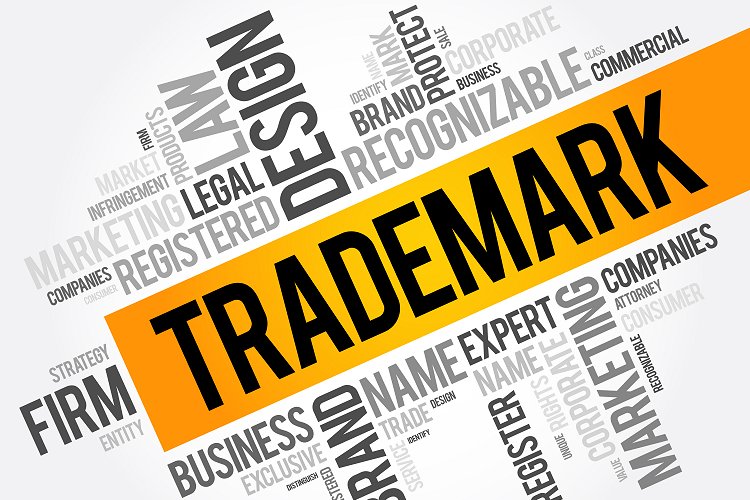Own A Trade Mark? Things You Need To Know

Your registered trade mark can be one of your most important business assets, offering exclusive rights to your unique brand identity and delivering long-term business value.
However, trade mark registration comes with responsibilities and considerations – and if these are overlooked (which often happens amidst all the demands of running a business) – there may be significant consequences for the strength and longevity of your IP’s legal shield.
At Mark My Words Trademark Services, we are often asked to intervene in situations where the validity or ownership of a trade mark is in question or has been compromised. A simple mistake or oversight can have significant and costly ramifications and many situations arise because the business owner has forgotten – or is unaware of – the legal requirements of trade mark registration.
This article highlights some common scenarios which business owners may not realise can impact their trade mark protection. Some of the points to be covered include:
- The validity of a trade mark in Australia and renewal options
- What to do with your trade mark when your company structure changes
- Trade marks and deregistration of a company
- Registering trade marks (eg logos) created using online graphics platforms
- Why the small print is a big deal when it comes to graphic design
What is the lifespan of a registered trade mark in Australia?
A registered trade mark is initially valid for 10 years from the date that the application was first filed. Thereafter, it can be renewed every 10 years for a fee, and this can be done indefinitely provided the trade mark owner meets the required legal obligations.
You can renew your trade mark registration 12 months before the renewal date – plus there is a six-month grace period after the expiry date (however, late fees apply).
This article on how long does a trade mark last gives more detail on this topic.
Does a change in company structure affect trade mark ownership?
When a sole trader moves to a company structure, it’s important to understand that even if that person is the business’s sole director, the individual and the company are two separate legal entities.
If the trade mark is used commercially by the company (and assuming the individual remains the registered owner of a trade mark after the company has been established), the trade mark may be vulnerable to a non-use claim. In this situation, it can be very costly (and sometimes impossible) to defend any non-use claim. Whilst some cases indicate there will be some sympathy around trade marks held in the names of director/s whilst the use is technically that of the company’s, there is no guarantee that a company’s use will save a trade mark from removal if left in the individual’s name.
Transferring ownership of the trade mark to the company avoids these situations, plus it adds value to the new company’s balance sheet and facilitates licensing or trading the asset.
If you’re a sole trader and own a trade mark and have changed your company’s structure – or are considering doing so – it is really worthwhile getting professional guidance from an experienced trade marks attorney about the best way to future-proof your valuable IP assets. You will likely require further advice from your accountant to determine if there are any tax considerations for transferring an intangible asset such as a trade mark.
For more detailed information on this topic, have a read of this article on ‘Why It’s Important To Consider A Trade Mark When Restructuring A Business’.
Deregistering your company? Don’t forget your trade marks
If your trade mark is still owned by a company when it is deregistered, the trade mark automatically becomes the property of ASIC. Reclaiming that trade mark can be complicated and costly. You can find more information on buying property from a deregistered company on the ASIC website.
Ideally, you should have your trade mark or IP portfolio managed by a third party expert who will ensure that deadlines are met timeously, all trade mark ownership obligations are met and that the correct processes followed in terms of protecting a trade mark when a company structure changes or the entity is dissolved. Certainly, consider contacting a trade marks attorney before going through the process of deregistering a company.
Changed contact details? Why your trade marks attorney needs to know
It’s imperative that your trade marks attorney – as well as IP Australia – is kept updated if you move, change email address or change your phone number.
You need to be contactable if there are any queries or updates with regards to your trade mark (for example infringement claims, letters of demand, removal applications, renewal notices, legislative changes etc). In some instances, costs may be incurred if deadlines aren’t met, plus there may be other complications, including the loss of a registration if not renewed – so always ensure your trade marks attorney and IP Australia are kept up-to-date. If you are self represented in your trade mark registration, you can change your contact details using IP Australia’s online services here.
Common scenarios involving trade mark rights of logos created using online DIY graphic design platforms
Online platforms like Canva and Adobe Express have transformed the world of graphic design – enabling people to create a wide range of visual content and marketing tools for brands and businesses quickly and affordably. But whilst these free and accessible graphic design services have been a boon to business owners – it’s really important to understand what this means in terms of registering trade marks for logos and image elements created using these free online platforms.
For example, if you create a logo using Canva that incorporate images or elements that are subject to copyright, it is highly likely that you will be unable to register your logo as a trade mark, and the platform’s terms and conditions make it clear registration as trade marks is prohibited.
Elements in a logo (or any other mark such as a tagline, aspect of packaging etc) need to be original in order to be registered as a trade mark, so if you use any stock content such as photos and graphics, you won’t be able to claim exclusivity. Other people are free to use the same content, so you will generally only be given a non-exclusive licence to use stock design elements.
So if you’re planning on developing a logo for your brand or business using one of these platforms, it’s important to read the fine print before filing a trade mark application. For more details on creating logos you can register as a trade mark, have a look at the Canva website. You may also find this article on whether you can register a font as a trade mark helpful.
Can a logo created by a graphic designer be trade marked?
Logos created by graphic designers will have copyright considerations, but it is highly unlikely that they will prevent you from applying for it to be registered as a trade mark. That said, it is always worth clarifying the situation with regards to ‘non-exclusive rights’ to any of the image elements before you spend any time or money developing a new brand identity. Where viable, consider asking your graphic designer to assign any copyright ownership to you/your company. Some will be happy to do so, however may charge an additional fee.
Conclusion
If you already own a trade mark—or are planning to register one – it’s really important to know what trade mark ownership entails.
Your trade mark is a valuable business asset – and as you will have seen from this article, it’s not a ‘set-and-forget’ asset. Protection is neither automatic nor indefinite. You will need to be vigilant and take important legal and practical steps on an ongoing basis to ensure that your trade mark remains valid, enforceable and commercially valuable.
The team at Mark My Words Trademark Services would love to hear from you if you’d like peace-of-mind that your trade marks portfolio is in safe, trusted and reliable hands. One call could you save you money, time and a whole lot of angst and you can contact us via the website, by phoning 03 8288 1432 or through our social media channels.

